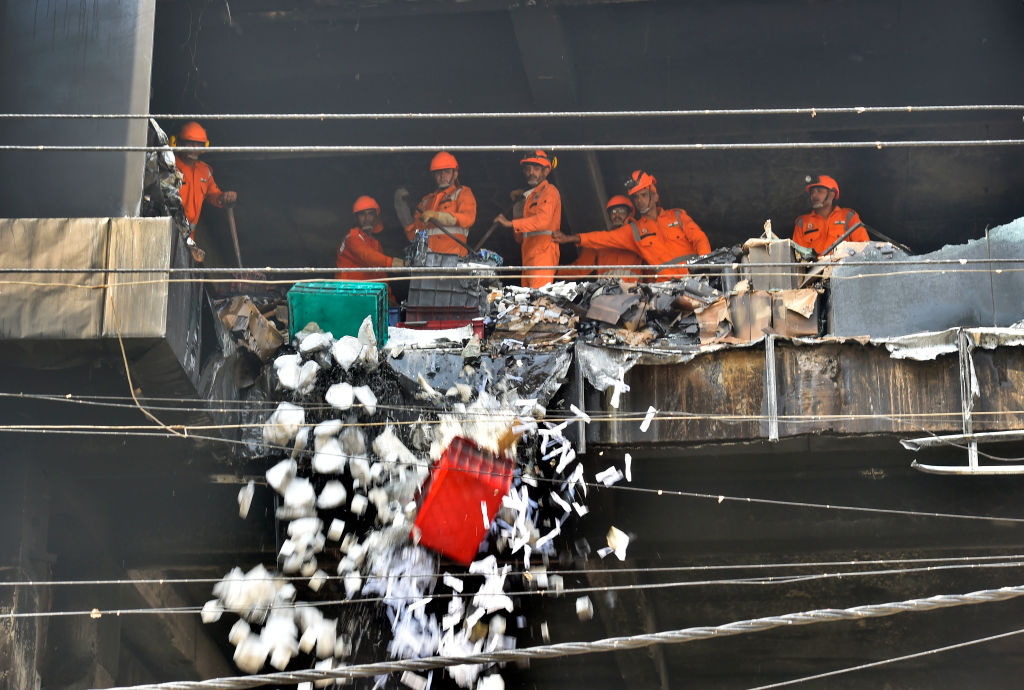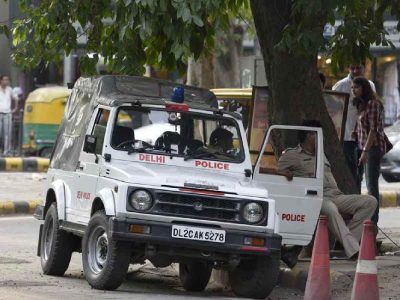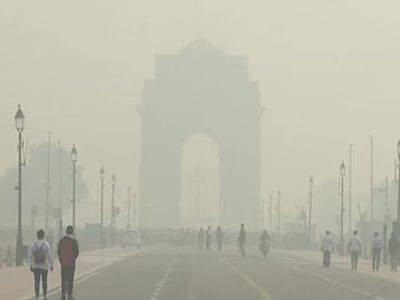The common ground which links these incidents of fire in a total of three buildings is the lack of a No Objection Certificate (NOC) from the fire department.
In the background of these dreadful events, Patriot looks into the requirements and importance of having an NOC in conversation with Atul Garg, Director, Delhi Fire Service (DFS).
Fire NOC requirements and penalty
A fire NOC is a document provided by the fire department which certifies that the building (residential & commercial) has followed the necessary measures to resist fire and put in place mechanisms to protect the occupants of the building.
The penalty for not having NOC, according to the Delhi Fire Service Act, 2007 could attract maximum imprisonment of three to six months and a fine from Rs 1,000 – Rs 50,000.
Importance of NOC
“Our job is to study the plan and suggest what fire safety measures have to be applied. While studying the plan, we suggest having staircases and other fire and safety arrangements at specific points. Because these measures have to be accessible to everyone in the building”, said Garg. These suggestions, he added, are conveyed to the owner of the building.
NOC is only issued to the building after a thorough check by the fire department, as per the requirements, and NOC is issued only after the suggestions are applied by the owner, said Garg.
He further added that unauthorised buildings were coming up in the capital, which did not have NOCs by the fire department. If the building has approval by the fire department, added the DFS chief, it will certainly have escape routes in case of emergencies. Adequate measures will be taken in case of contingencies to ensure that alternate escape routes are provided if the main staircase is blocked.
So, whenever an NOC is issued, safety measures are planned in a way that ensures everybody will be informed about the fire with the help of a fire detector, water sprinklers are placed with a proper water supply and there are compartments in the building to help people in case of fire.
Garg further added that the fire department does not have field survey staff unlike the police department and MCD, so we can’t go and check all these buildings whether they have NOC or not.
“When there is a fire incident, our primary duty is to go fight the fire. Then if we come to know that the building doesn’t have NOC, we inform the officials. There was a case when our officer’s signature was morphed in a fake NOC. We filed an FIR, but the case wasn’t followed up”, said Garg.
Initiative by fire department
“I think the fire department can only help people through training and awareness. If you are in a position to ask the employer when you’re working in a factory or industry like this, because labourers are reluctant to question the higher officials. Make sure that there is a sufficient escape route and question if the security measures aren’t followed. In case of the Mundka fire, the stairs were congested with the materials which prevented people from escaping, so we have to make sure it doesn’t happen”, said Garg.
According to the data the fire department has collected over six years, most of the fire incidents in Delhi have happened in low rise apartments in 200-500 sq ft plots, industrial areas and jhuggi jhopdi clusters.
In low-rise apartments, an electricity meter is placed beneath the stairs, so when these electricity metres explode, it blocks the staircase and prevents people from escaping.
“We have written a letter to BSES though they aren’t supporting us right now. We are trying to change the building plans from last year so that meters shouldn’t be placed below the staircase. Hopefully they will change the plan. Though we can’t change the old buildings, the changes can be made in the new constructions. If any change has to happen, the MCD should take the action,” said Garg while talking about the number of fire incidents.
During the summers, DFS receives an average of 150 calls per day. This year, most of the cases have been reported in industrial areas. The DFS chief said that he suspects a lot of incidents have happened because factory owners are running their machines overtime to make up for the losses incurred during the two years of Covid.
“As we all know, the number of fire incidents are higher during summer than winter. The staff do not go on leave from 14 April to 15 May. We repair all the fire tenders and other equipment in February so that we are prepared to do our job. The fire tenders are also over worked in these months, and there are chances of them getting damaged”, said Garg.
For more stories that cover the ongoings of Delhi NCR, follow us on:
Instagram: https://www.instagram.com/thepatriot_in/
Twitter: https://twitter.com/Patriot_Delhi
Facebook: https://www.facebook.com/Thepatriotnewsindia





